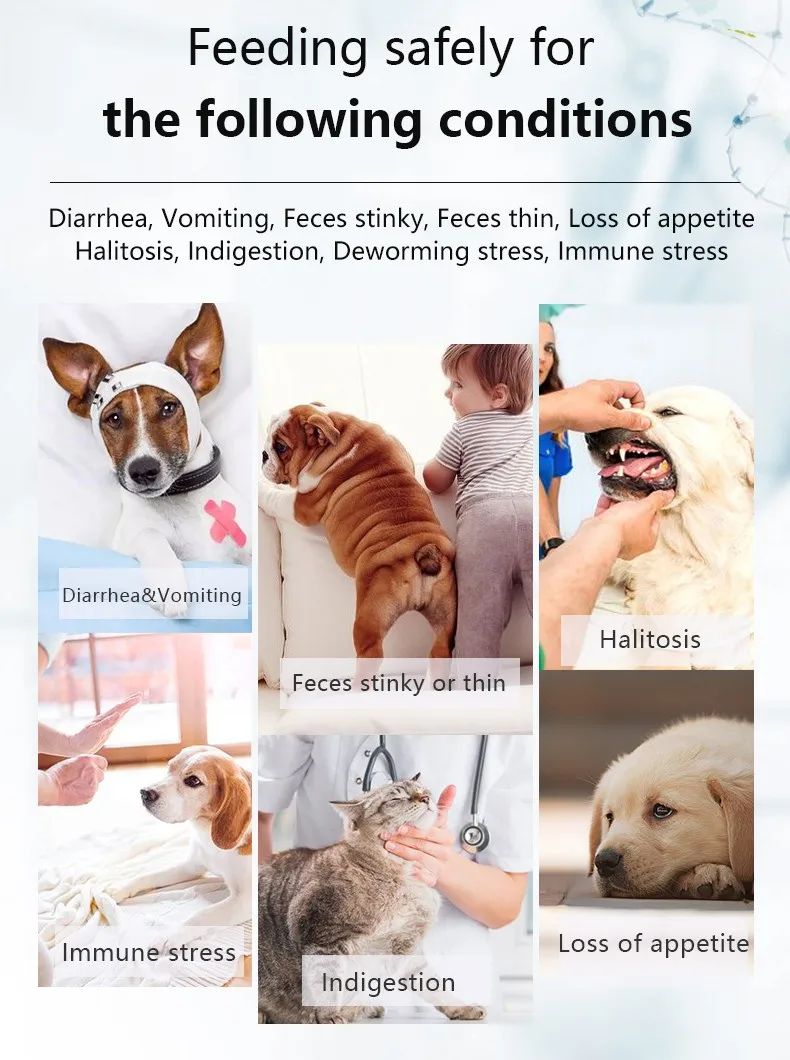** Ultimate Guide to Removing Pet Stains: Effective Techniques for Pet Stains and Preventing Future Pet Stains
### Description:Dealing with pet stains can be one of the most frustrating challenges for pet owners. Whether it’s a spilled drink, an accident on the carpe……
### Description:
Dealing with pet stains can be one of the most frustrating challenges for pet owners. Whether it’s a spilled drink, an accident on the carpet, or a muddy paw print on your favorite sofa, these stains can be both unsightly and difficult to remove. However, with the right techniques and a bit of knowledge, you can effectively tackle pet stains and maintain a clean, fresh home. This comprehensive guide will cover everything you need to know about removing pet stains, including effective cleaning methods, products to use, and tips for preventing future mishaps.
When it comes to removing pet stains, timing is everything. The sooner you address the stain, the easier it will be to remove. Start by blotting the area with a clean cloth or paper towel to absorb as much of the stain as possible. Avoid rubbing, as this can push the stain deeper into the fibers of your carpet or upholstery. Instead, gently dab the area to lift the stain.

For organic stains, such as urine, feces, or vomit, it’s essential to use an enzymatic cleaner. These cleaners contain specific enzymes that break down the proteins in the stain, effectively neutralizing odors and preventing your pet from returning to the same spot. When choosing a cleaner, look for one specifically designed for pet stains. Follow the manufacturer's instructions for the best results, and always test the cleaner on an inconspicuous area first to ensure it won’t damage your fabric.
In addition to enzymatic cleaners, there are several homemade solutions that can work wonders on pet stains. A mixture of white vinegar and water is a popular choice, as vinegar is a natural deodorizer and can help lift stains. Combine equal parts of white vinegar and water in a spray bottle, apply it to the stain, and let it sit for a few minutes before blotting it up with a clean cloth. Another effective solution is baking soda, which can absorb odors and lift stains. Sprinkle baking soda over the stain after treating it with vinegar, and let it sit for a few hours before vacuuming it up.
For tougher stains, you may need to resort to more potent cleaning agents. Commercial stain removers designed for pet stains can be highly effective, but make sure to read the labels carefully to avoid harmful chemicals that could be dangerous for your pets. Look for products that are safe for use around animals, and always follow the application instructions closely.

Once you’ve successfully removed the pet stains, it’s crucial to take steps to prevent future accidents. Regularly cleaning your carpets and upholstery can help eliminate odors and stains before they become a problem. Consider investing in a high-quality vacuum cleaner equipped with a pet hair attachment, as this can help keep your home free of pet hair and dander, which can attract dirt and stains.
Training your pet is another key factor in preventing pet stains. Make sure your pet is house-trained and understands where it is appropriate to relieve itself. Consistent training and positive reinforcement can go a long way in reducing accidents in the home. Additionally, if your pet is prone to accidents, consider using potty pads or designated areas in your yard to encourage them to go in the right place.
In conclusion, dealing with pet stains doesn’t have to be a daunting task. With the right tools, techniques, and preventative measures, you can keep your home clean and stain-free. Remember, the key is to act quickly, use the right products, and maintain a consistent cleaning routine. Your home—and your pets—will thank you for it!
